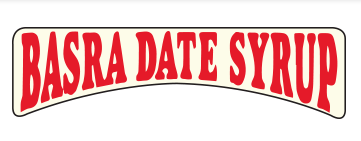History of date syrup
Dates are among the oldest cultivated fruits in the world. It seems that the Babylonians cultivated this fruit some 8,000 years ago. Dates grow on date palms, a tree that used to be considered a “tree of life”. Every part of it was used: the buds and fruits were consumed or dried and ground into flour, the fibers were used for weaving and even the date kernels were used as animal feed for the camels and donkeys. Because not all dates are suitable for direct consumption, those dates have been preserved by processing them into syrup. This way no dates were lost and people could still enjoy the benefits of the fruit in a different way.





